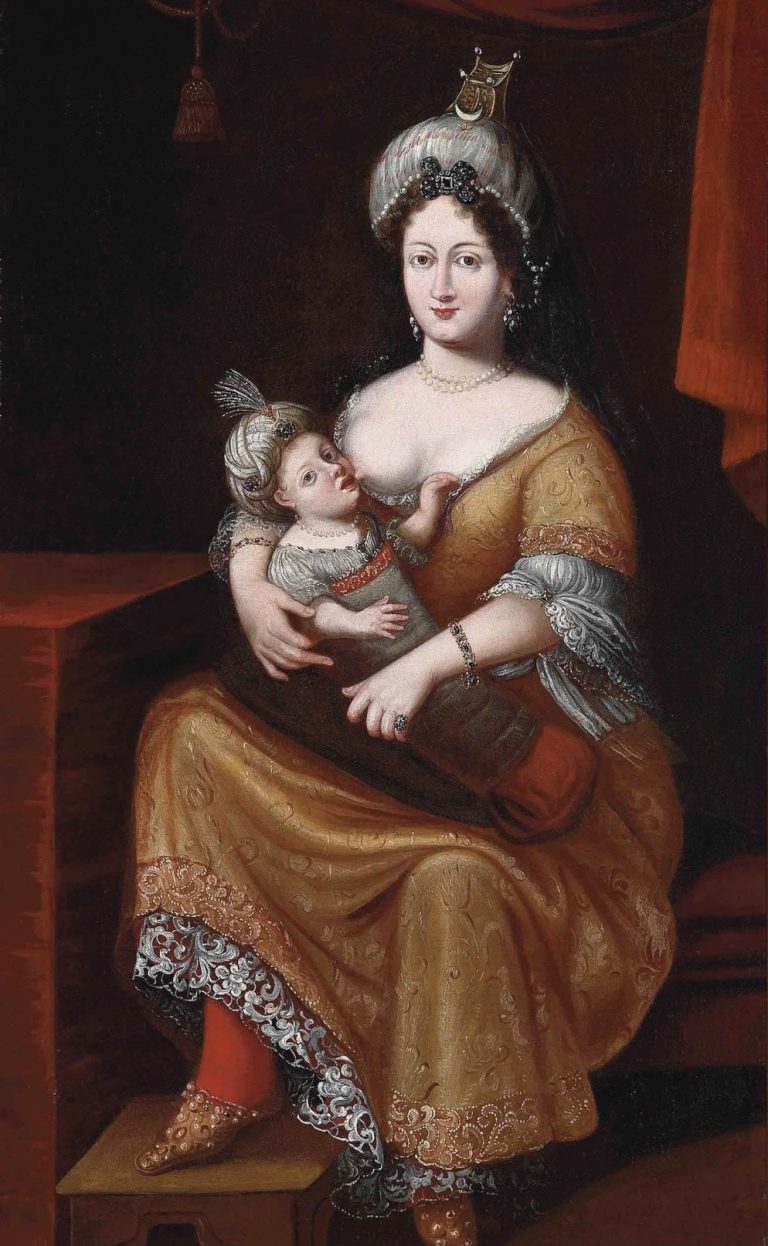If you ever want to look at how dramatic the life of a royal woman could be, there couldn’t be a better example than the life of Mary Stuart. Better known as the Queen of Scotland, she is one of the most known figures in Scotland’s royal history. Her dramatic life story has everything from romance and ambition to bloodshed, high politics and rivalry. She was born to King James V of Scotland, who died within a week of her birth. She was born to rule, since she was six days old when she was crowned the queen of Scotland.
She also inherited Tudor blood from her grandmother, the sister of King Henry VIII of England. King Henry VIII wanted to take advantage of this through a marriage between his son and Mary. He tried to establish control over Mary, but it didn’t go as he had planned. Scotland refused this agreement leading to Rough Wooing, a war between Scotland and England.
Due to this, Scotland was no longer safe for young Mary. Hence, she was sent to France, her mother’s home. There she was bought up in the court of King Henry II of France and Catherine de Medici, alongside Francis and other royal children. She had a lavish childhood and was well-educated and beautiful. She spoke various languages, including Latin, French, Italian, Spanish and others. She also excelled in hunting and dancing and had good taste for music and poetry. She was the ideal renaissance princess by the time she had reached the age of marriage.
France, at that time, was a Catholic country and a strong ally to Scotland, leading to the development of a marriage alliance between Mary and Francis, the heir to the French throne. Though it was a political match, they were believed to be in love. Mary, now, was not only the first woman ruler of Scotland but also an international monarch.

When Henry II of France was alive, he claimed the English throne on Mary’s behalf. She was considered the next in line for the throne by the Catholic population of the region. The Pope had not validated the marriage of King Henry VIII and Anne Boleyn, due to which many Catholics believed that Elizabeth I was an illegitimate child. According to them, Mary was the rightful Queen of England after Henry VIII due to her grandmother’s lineage. This led to the rivalry of two powerful women in history: Elizabeth I and Mary Stuart.
After Henry II’s death, Mary ruled over France as its queen for some time. But the situation was against her soon. Francis II died, and she was a widow without a child at the age of 18. She returned to Scotland soon after.
When she returned to Scotland, she realised there were major issues in the country, religion being one of the major issues. The royal family and the nobles of Scotland were majorly Catholics, while its population was majorly Protestants. Strife in religion also led to political strife. During this period of rivalry and division, she made a wise decision to accept her country’s Protestant population and think in their favour. This is one of the first few examples of religious tolerance seen in political history. Over the years, Mary built her reputation in Scotland as an effective ruler. She was also one of the few female rulers who led her troops into battle.
It was when she married Henry Stuart, the Earl of Darnley, that her fall in politics began. She had recklessly married him for love even though she knew it was against Scotland’s power structure. In fact, Elizabeth I also disapproved of her marriage and had advised her against it. It was after her marriage that her half-brother, James, rebelled. Moreover, Darnley was a vicious and overly ambitious person. He was responsible for murdering Mary’s secretary in front of her eyes. These political situations led to the fall of their marriage. Though Mary had given birth to his son, the situation led to the murder of Darnley.
Over the years, Mary married James Hepburn for political stability, a fatal move to her throne. He was the chief suspect in Darnley’s murder, and it was believed that Mary had an affair with him. The situation turned against Mary, and she could no longer handle state affairs. She had no choice but to take refuge in her English cousin, Queen Elizabeth I.

Elizabeth took advantage of this situation and held her captive by framing her for Darnley’s murder. She spent the next 18 years of her life in English captivity. She became an easy target for English conspirators who wanted to replace Elizabeth on the throne. Unfortunately, Elizabeth came to know about their plan and decided it was no longer safe for her to let Mary live. Mary was executed at the age of 44, leaving her dramatic life behind. Her son, James VI, united Scotland and England as one kingdom after the death of Elizabeth.




